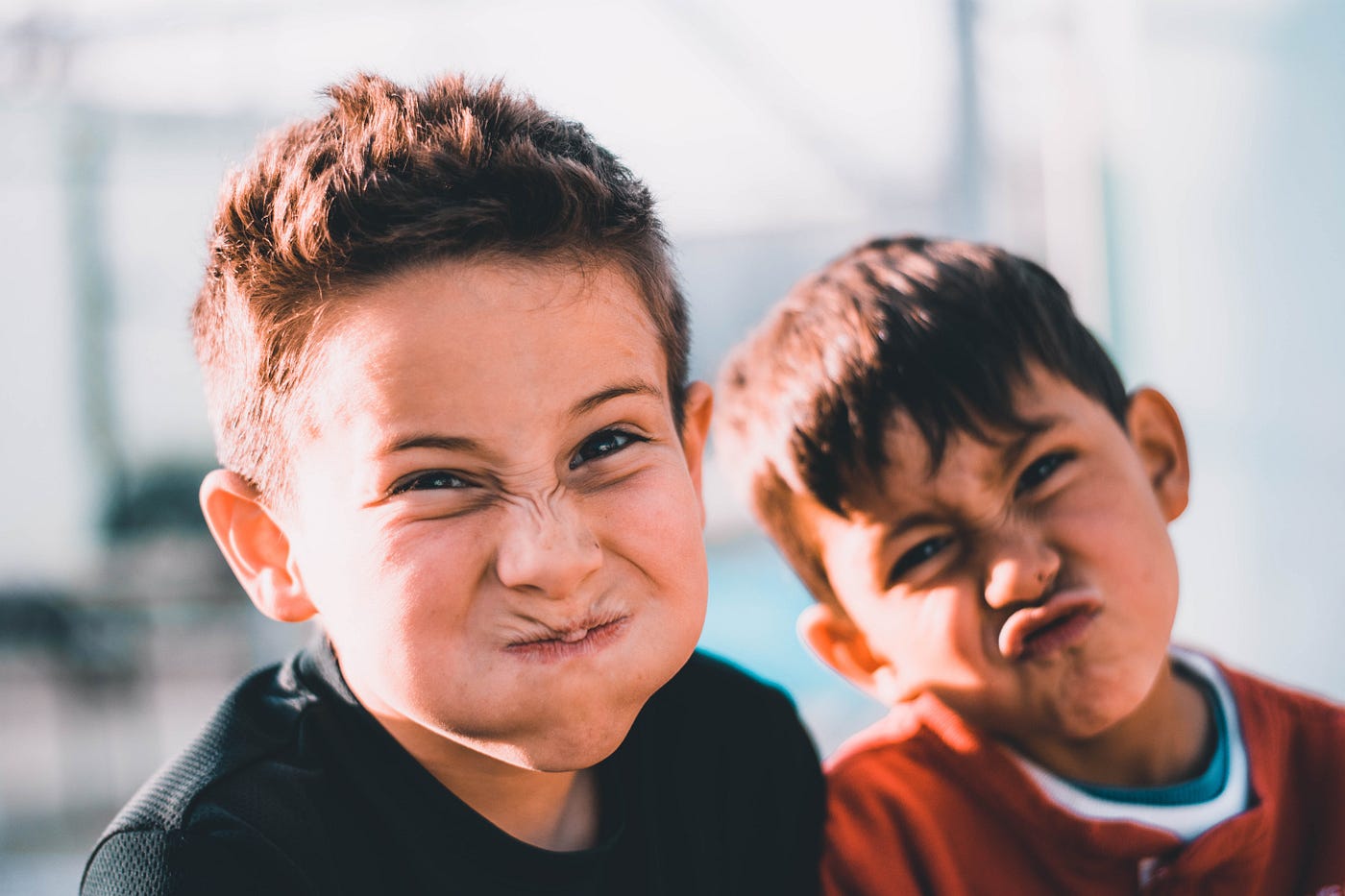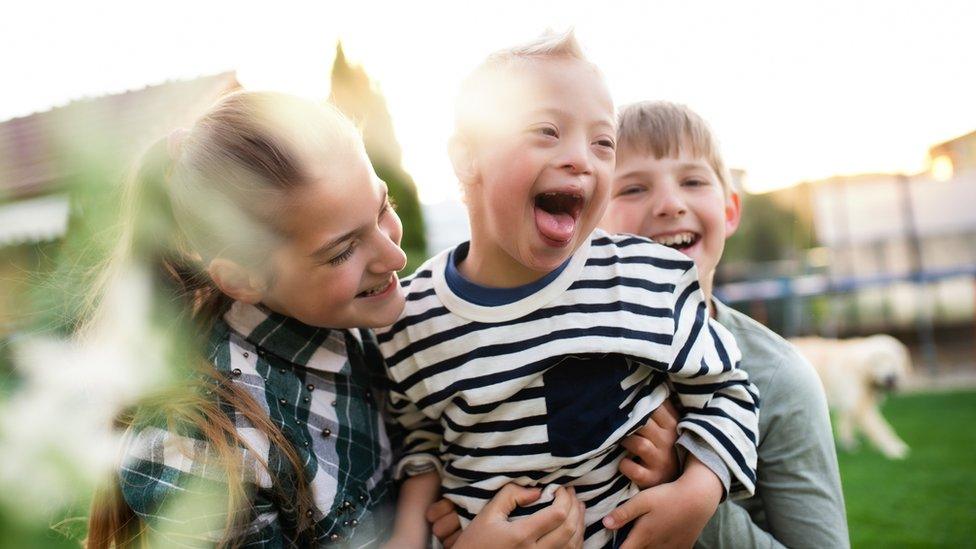For many people, the image of their siblings remains frozen in time. Even when years have passed and everyone has taken different paths, that childhood version — the loud laugh, the shy smile, the tears over broken toys — seems to live on in your mind. You might know they’ve grown into independent adults with careers, partners, and responsibilities, but when you sit across from them at a family gathering, the dynamic somehow feels unchanged. It’s not uncommon. In fact, this mental time capsule often says more about memory, psychology, and shared experience than it does about stubborn nostalgia.
The Power of Shared History
Childhood is where our deepest emotional roots are planted. Siblings are often the only people who have witnessed your entire journey from infancy to adulthood. They know the embarrassing secrets, the tantrums, and the milestones. That type of knowledge binds people together in a way that few relationships can. Because of this, it’s not easy to simply update the version of someone stored in your memory.
Family dynamics play a significant role. If you were the protective older sibling or the rebellious middle child, those roles tend to linger. They’re not just patterns — they’re identities. So when your younger brother, now a father of two, tries to offer advice, you might still hear the voice of a kid who needed help tying his shoelaces. These roles often persist unconsciously, locking your perception in the past.
Nostalgia’s Influence on Memory
Nostalgia often acts like a filter. It smooths over complexities and creates emotionally charged, highly edited versions of reality. When thinking of your siblings, your mind may automatically reach for those sunny afternoons, family vacations, or silly arguments over who got the bigger slice of cake. Even if your relationship today is more complicated, the emotional pull of those early years can be stronger than current realities.
Our brains are not objective recorders. They prioritize memories tied to intense feelings — love, fear, excitement. Childhood is full of those moments, especially within a family. So the image you carry of your sibling might be the one formed during the times you laughed so hard you cried or shared secrets under a blanket fort. That mental snapshot often becomes hardwired, which is why those early images keep surfacing.
Memory and Developmental Imprints

Childhood imprints are particularly resilient. The brain during early years is highly impressionable, absorbing emotional cues and social dynamics rapidly. These experiences often shape our worldview and how we understand relationships. Your sibling, whether the peacemaker, the troublemaker, or the protector, filled a distinct space in that framework.
Even as both of you change, those first impressions stay lodged in the subconscious. In adulthood, your rational mind may acknowledge their new career, outlook, and maturity, but emotionally, you might still respond to them the way you did as a child. That doesn’t make the current version of them invisible — it simply means the old version is permanently etched into your emotional DNA.
The Illusion of Permanence in Family Roles
Family units often resist change, even if unintentionally. Parents may still baby the youngest, no matter how self-sufficient they are. Siblings may fall back into old banter, old rivalries, or old patterns the moment they’re under the same roof. These dynamics can make it difficult to reframe your sibling as a completely different individual, because the relationship doesn’t always adapt with time.
You might have built a more mature bond, but when a shared joke or childhood nickname slips in, the illusion of permanence takes hold. These rituals — even the teasing or protective behavior — reinforce the past. It’s comforting, sometimes frustrating, but always familiar.
Why Growth Can Feel Invisible in Familiar Circles
One reason you may not fully see your sibling’s growth is because of how close you are. Paradoxically, being so involved in someone’s life can blur progress. When growth is gradual, it’s harder to notice. Much like how a parent doesn’t see a child getting taller day by day, you might not recognize your sibling’s emotional or behavioral changes until something dramatic happens — a marriage, a move, a career shift.
Yet even after those milestones, old mental images can be stubborn. The mind clings to what’s familiar. It takes conscious effort to let go of roles that no longer apply. A younger sister who always sought approval may now be thriving independently, yet you might still feel the urge to guide or protect her. These reactions come less from judgment and more from deeply patterned memory.
Reframing Through Adult Interactions
Spending time with siblings in adult settings can help reshape perceptions. Watching them make decisions, face adversity, or care for others offers new material to work with. It provides the opportunity to update that internal image — not erasing the child they were, but layering the adult they’ve become on top of it.
Honest conversations, away from the family table and childhood references, can also shift dynamics. Hearing your sibling talk about their views, passions, or challenges allows you to meet them on equal ground. This doesn’t erase the past — it enriches it.
The tendency to view siblings through a childhood lens is common, shaped by memory, emotion, and the deep bonds of shared history. It is a natural outcome of growing up closely with someone, seeing their most unfiltered moments, and forming a lifelong impression during your most formative years.
This emotional attachment to the past version of our siblings doesn’t mean we ignore who they are now. Instead, we carry those younger versions with us — not because we’re stuck, but because they form a core part of how we relate to family. Like worn-out home videos in our minds, those moments stay, quietly playing alongside the present.
In a world where change is constant, the familiarity of how you once knew someone can be grounding. But allowing that image to shift and grow doesn’t mean forgetting. It simply means recognizing the complexity of someone you’ve known longer than anyone else. That’s part of what makes the sibling bond so layered — and so human.






